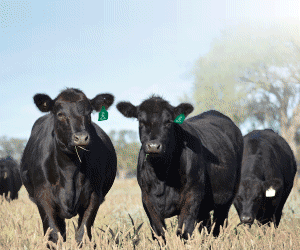Why does genomics provide value to the breeder?
In their simplicist form, the breeding value calculated for an animal can be thought of as one half of the sire’s breeding value, plus one half of the dam’s breeding value, plus the mendelian sampling term. The mendelian sampling term represents the animal’s difference from the average of its parents’ breeding values and is due to the random sample of genes and chromosomes that the calf inherited.

In a traditional, pedigree based genetic evaluation, there is no data available when an animal is born the animal’s EBV is reported as the parent average. This is often referred to as the ‘mid-parent’ EBV value.
As performance data is subsequently collected on the animal, and the animal’s progeny, the mendelian sampling term can be estimated, and the animal’s EBV either increases, decreases or remains unchanged, reflecting the random sample of genes that the animal has inherited from its parents.
But this approach has limitations:
- It can be problematic collecting effective performance information on the animal
- Traits are difficult or expensive to measure
- Traits that can’t be measured prior to the animal entering the breeding herd
- Traits that have a low heritability
- Animals that are in small contemporary groups
This is where genomic testing and selection with genomically enhanced EBVs provides considerable value.






